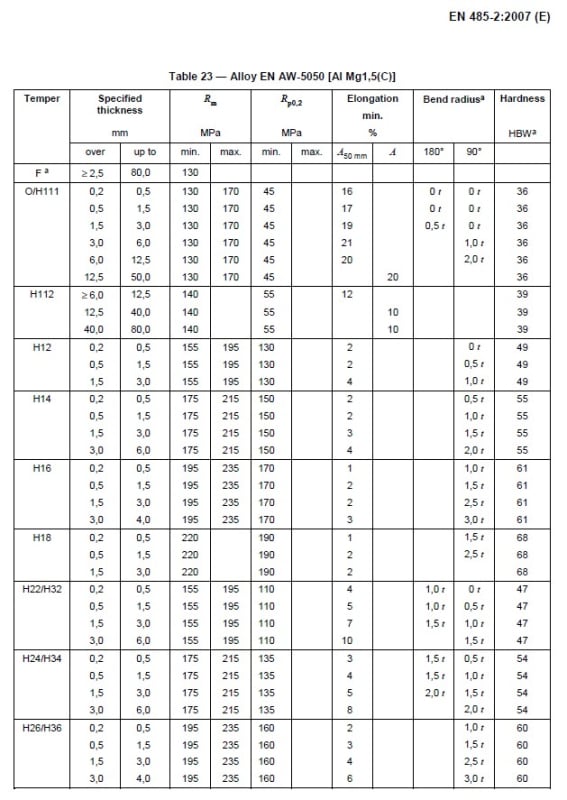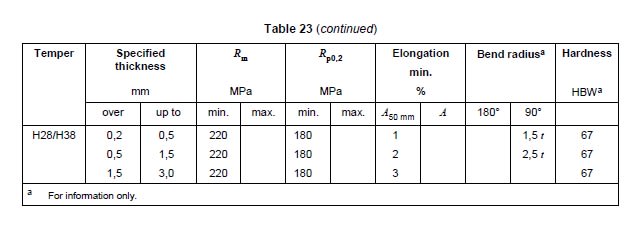SteveThePirate
Mechanical
Hi, I'm trying to calculate whether a 2.5mm thick sheet of 5052-H32 Aluminum will fracture if bent at a 90deg angle with a 1.5mm inner radius. For the part in question, the manufacturer originally agreed to the 3mm bend radius in my CAD & drawing, but the parts they shipped us had no radius at all and I found tensile stress cracks on the outside of the radius. They're now saying they can't do better than 1.5-2mm due to the geometry (two consecutive 90deg bends forming a U ~9mm apart). I've googled around for it and can't find an example problem showing how to calculate this.
As a follow-up question, I'm curious if anyone knows whether anodizing the Al after bending will potentially also cause cracking across this bend?
As a follow-up question, I'm curious if anyone knows whether anodizing the Al after bending will potentially also cause cracking across this bend?


